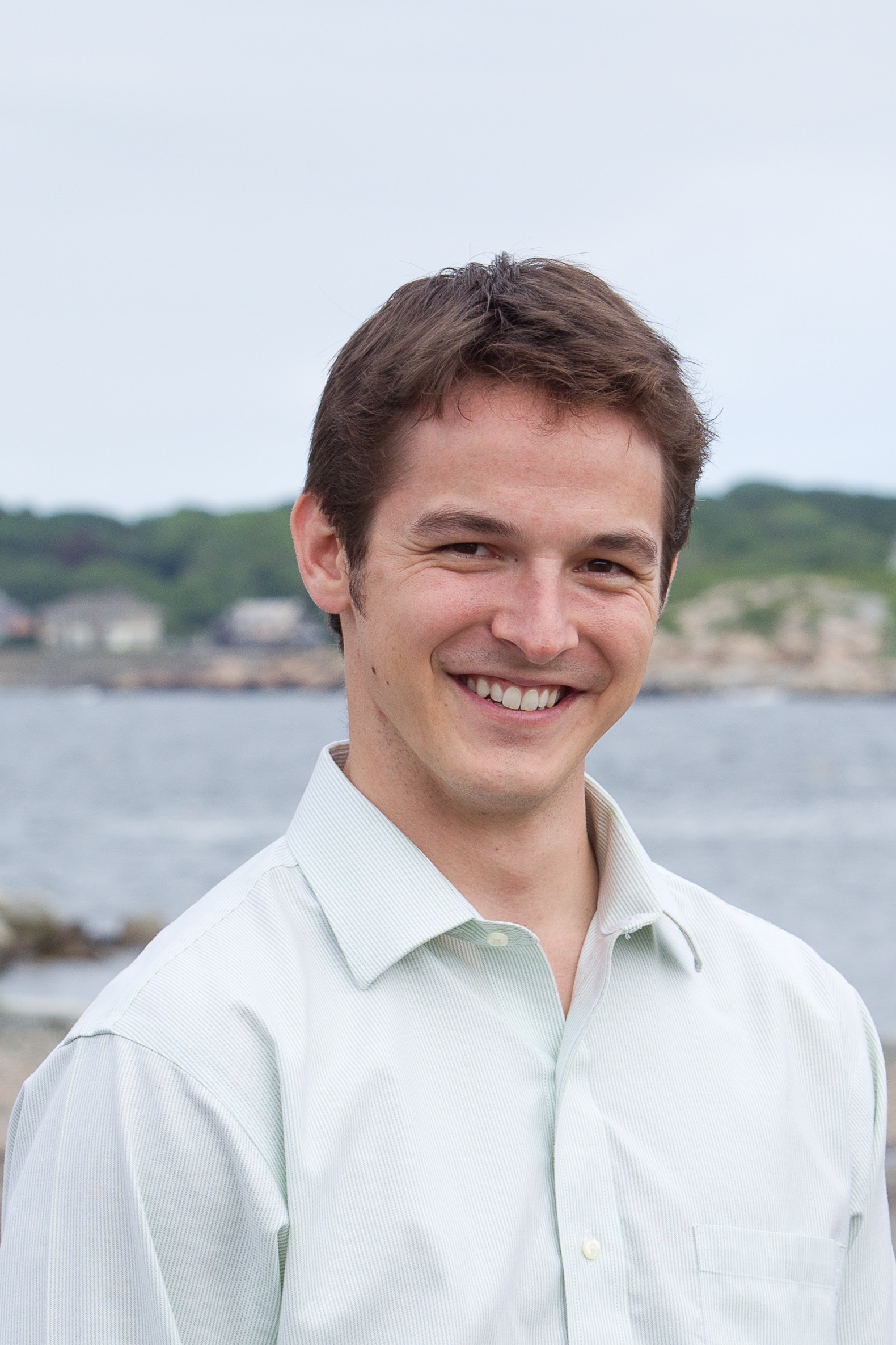EDF Climate Corps fellow | March 15, 2013
“Knocking down a brick wall by yourself with your bare fists is next to impossible. But organize a team equipped with sledgehammers and a plan, and it gets a whole lot easier,” said Gwen Ruta in a Fast Company Op-Ed explaining the concept behind EDF Climate Corps.
This blog post is the third in a series, highlighting our team of ‘sledgehammers’ – the 2012 EDF Climate Corps fellows– and their plans for breaking down the barriers to energy efficiency at their host organizations.
Name: Pranab Ranjan

Host Organization: Akamai Technologies
School: Indiana University
Opportunity: Akamai was interested in looking at available energy savings at over 100,000 data servers in 80 countries worldwide.
Barrier: Outside of directly powering servers, datacenters use a huge amount of energy to keep the servers cool. Unfortunately, the many simple solutions to this problem are often frustrated by another, higher-level problem – a split incentive between vendors and tenants. Energy costs are passed on to customers, so there is little direct incentive for colocation vendors to limit the amount of energy they use.
Solutions Identified: A highly efficient data center can save $200,000 over a comparable but less efficient data center by using ventilation management techniques such as cold air and hot air isolation, preventing hot air from passing through servers and mixing with cool air and using outside air for cooling.
Quote: “Yes, there are financial and technical barriers, such as buying and installing ventilation equipment or training staff to use and maintain that equipment. But sooner or later, they're going to have to make these investments to stay competitive.”
Name: Eric Misbach

Host Organization: CA Technologies
School: Stern School of Business, New York University
Opportunity: CA Technologies was interested in pursuing zero waste and improving recycling in 140 offices nationwide.
Barrier: No matter how precise the tool or how great the guidelines may be, they are ineffective unless adopted by the relevant stakeholders. According to Hiren Dalal: E= Q x A. The Effectiveness of a process is a function of its Quality and its Adoption by employees.
Solutions Identified: In designing a tool to measure progress towards zero landfill waste and guidelines for improving the recycling programs, Misbach followed the basics of a change management model to ensure employee adoption. The basics of a change management model include:
- A process must align with business objectives
- There must be a sense of urgency for change
- Communication must include both a long-term vision and short-term wins.
Quote: “A key challenge for the sustainability practitioner is ensuring that the improved waste management aligns with what the company already needs, and that it is seen as beneficial to employees.”
Name: Prateek Prasad
 Host Organization: Bloomberg BNA
Host Organization: Bloomberg BNA
School: Tufts University Fletcher School of Law and Diplomacy
Opportunity: Of the computers deployed at Bloomberg BNA, only 25 percent need to stay on overnight – for users with remote access. The rest can be completely powered down when people leave work.
Barrier: Prasad quickly identified this energy efficiency opportunity – implementing sleep settings on newly purchased computers – but needed to provide more than just a number to tell the story of what was possible for Bloomberg BNA in the area of energy savings.
Solutions Identified: Prasad put the savings in context for both management and employees, and gave the ideas definite form by quantifying them and then explaining what the numbers meant.
Potential Savings: If 75 percent of Bloomberg BNA's new computers come preset with eco-mode monitors and pre-installed sleep settings, the practice could save up to half the monthly average of the electricity bill for the headquarters building. That’s 338,000 kWh of electricity, enough to power 26 US homes annually. In doing so, Bloomberg BNA would reduce its carbon footprint by approximately 257 metric tons per year.
Quote: “Picture this: with 1 kWh of electricity, you can run a ceiling fan for 13 hours. With the same kWh you run an air conditioner for 12 minutes. You could also watch 13 hours of Seinfeld, if that's your thing.”
About EDF Climate Corps
EDF Climate Corps (edfclimatecorps.org) taps the talents of tomorrow’s leaders to save energy, money and the environment by placing specially-trained EDF fellows in companies, cities and universities as dedicated energy problem solvers. Working with hundreds of leading organizations, EDF Climate Corps has found an average of $1 million in energy savings for each participant. For more information, visit edfclimatecorps.org. Read our blog at edfclimatecorps.org/blog. Follow us on Twitter at twitter.com/edfbiz and on Facebook at facebook.com/EDFClimateCorps.
About Environmental Defense Fund
Environmental Defense Fund (edf.org), a leading national nonprofit organization, creates transformational solutions to the most serious environmental problems. EDF links science, economics, law and innovative private-sector partnerships. For more information, visit edfbusiness.org. Read our blog at blogs.edf.org/business. Follow us on Twitter at twitter.com/EDFbiz.